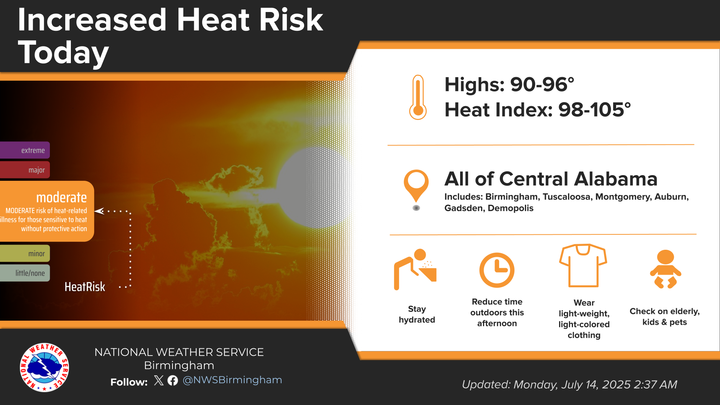
(DENVER, Colo.) — Federal government officials announced a more severe water shortage level in the Colorado River Basin Tuesday, saying it is essential that states like Arizona dramatically reduce water use before drinking water supplies or power production are affected.
“The system is approaching a tipping point and, without action, we cannot protect the system and the millions of Americans who rely on this critical resource,” Bureau of Reclamation Commissioner Camille Touton said in a briefing with reporters.
Reservoirs in the Colorado Basin, Lake Mead and Lake Powell, are both at historically low levels after 23 years in drought conditions. Currently, Lake Powell is at 26% capacity, and Lake Mead is at 27% capacity. Combined storage of the two reservoirs is 28% of capacity.
More than 70% of the western U.S. is experiencing extreme or severe drought conditions, amplified by climate change.
But the federal government is stopping short of forcing water cuts under its emergency authorities, saying that although state action has been insufficient, they would rather work together to find a solution that avoids harming people that rely on Colorado River water.
Arizona’s water allocation must be reduced by 21% in 2023, one of the largest cuts of the seven basin states.
California currently has no required water savings planned for the upcoming year. But the country of Mexico, which also receives an allotment, will need to reduce their allocation by 7% in 2023.
The Bureau of Reclamation could announce additional actions down the line if states don’t reach these targets. Officials said the drought threatens the entire future of the Colorado River Basin, including drinking water supplies, power generation, wildlife and the river itself.
“Without prompt, responsive actions and investments now, the Colorado River and the citizens that rely on it will face a future of uncertainty and conflict,” Assistant Secretary for Water and Science Tanya Trujillo told reporters.
Lake Powell is projected to be at 3,521.84 feet by the end of the year, which is 23% capacity. Glen Canyon Dam stops generating power at 3490 feet. Future projections show that under the driest scenario, Lake Powell may drop below 3,490 feet in the middle of 2023. ABC News is working to see if modifications can be made to Glen Canyon Dam to operate below this critical threshold.
Lake Mead is projected to be at 1047.61 feet by the end of the calendar year. Under the driest scenario, Lake Mead could drop below Level 3 shortage as early as the summer of 2023 and reach below 1000 feet as early as 2024.
ABC News is also looking to see if modifications can be made at Hoover Dam to operate below current minimum elevations.
Copyright © 2022, ABC Audio. All rights reserved.




